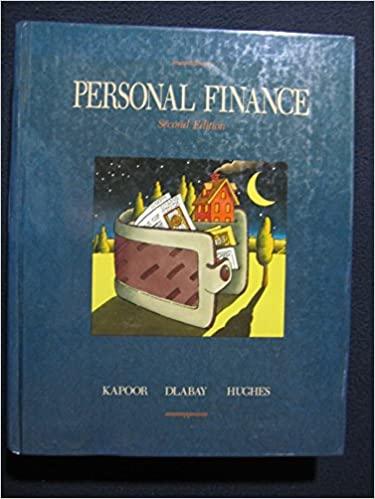Answered step by step
Verified Expert Solution
Question
1 Approved Answer
In Class Activities Valuation Approaches 1 . Build the Proforma recall that a proforma is a set of projected data. Here we are trying to
In Class Activities Valuation Approaches
Build the Proforma recall that a proforma is a set of projected data. Here we are trying to find the projected NOIs for the year holding period.
Note: he data begins with the data used in last weeks assignment, but goes further by including Tenant Improvements TI Capex, and Leasing Commissions LC an example of these are outlined in slide of Web lecture # Just like last week, you are looking to find the NOIs for each of the years.
You are considering purchasing an investment property. There are tenants, each occupying SF Each tenant pays rent of $ SfYr Rents will increase by per year. Tenant # is a retail tenant and pays percentage rent beyond $ in Sales. Tenant # Sales are $ in year and are growing by per year. Assume Vacancy. There is a parking lot that generates $ per year. Costs increase per year and are as follows: Insurance costs are $ SfYr paid at the end of the year. Common area utilities are $ SfYr Repairs and Maintenance is $ SFYr There is also a management fee equal to of total revenueeffective gross income EGI Insurance, Common Area Utilities, Repairs & Maintenance are reimbursable. Each tenant is given $ SF for Tenant Improvements. They use of it in year and divide the remaining over the remainder of the lease. The roof will need to be replaced in year and will cost $ To secure the tenants, you hire a broker who charges of total revenueEGI Assume an above the line approach for Capex, TIs and LCs The property has a year holding period.
Valuation Direct Capitalization
In slides # of the web lecture, we learned how to find the value of a property using the Direct Capitalization method slide discusses the process to extract the cap rate With the NOIs found above, we can use these techniques to find the value of the property.
Extract the going in cap rate from the following market data on comparable properties.
Property Sale Price NOI
A $ $
B $ $
C $ $
What is the value of the property using the extracted cap rate?
Valuation DCF
Slides of the web lecture outlines the process for finding the value of a property using the DCF approach.
To find the value of the property using DCF you will need to find the sale price at the end of year This is analogous to the work we did last week in computing the TV here the TV and the Sales price in year are the same thing! To find NOI assume that NOI grows by to get NOI Compute the value of the property using DCF analysis. A discount rate of will be used to find the PV of all of the cash flows.
Step by Step Solution
There are 3 Steps involved in it
Step: 1

Get Instant Access to Expert-Tailored Solutions
See step-by-step solutions with expert insights and AI powered tools for academic success
Step: 2

Step: 3

Ace Your Homework with AI
Get the answers you need in no time with our AI-driven, step-by-step assistance
Get Started


